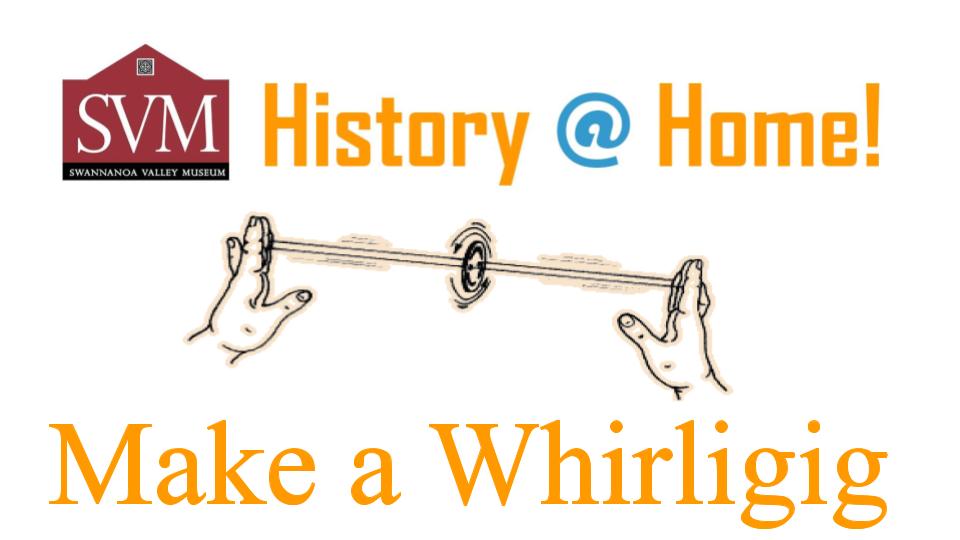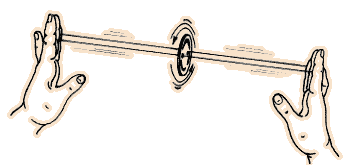
Episode 2: Toys of the Past Part 1
Whirligig:
The whirligig is a simple toy consisting of a flat disc with two central
holes. When a string is threaded through the holes, twisted and then pulled
taut, the disc spins and hums.The whirligig (buzzer, buzz disc, and whizzer)
has been recovered at dig sites all over the world.While we will probably
never know who invented the first whirligig, evidence suggests this type of
toy was independently invented and played with by children on several
continents. Simple whirling toys such as the whirligig are described in
European literature as early as the 17th century, and would have been as
popular in Colonial America as they were in Europe.
Evidence of whirligigs have even been found at Native American dig
sites. They were made of bone and clay, and have been found throughout
the western United States. Indicating the toy’s antiquity in North America.
Because this toy could have easily been made with common materials, you
can imagine this toy amusing people from the colonial period right up to the
present day.
Whirligig Activity:
Supplies and Materials:
1) 2-3 Feet of string, yarn, or thin ribbon
2)1 large button or other round, button-shaped object
3)1 Pair of scissors
Instructions:
1) Cut a length of string approximately 3 ft long.
2) Thread the string through one hole in the button and then through
the hole directly across.
3) Tie both ends of the string together in a knot.
4) From the back of the button, pull the string until the button is in the
center.

5) Hold one end of the loop in each hand. Then swing the whirligig
around in a circular motion to wind the string.

6) As you pull your hands in and out , the button will spin to unwind and
rewind the string. It may take a few tries to get it. Just remember the
old saying “Practice Makes Perfect”.

See a Whirligig in Action:
https://youtu.be/-QMmfDhrZxg
State of NC Essential Standards:
Second Grade
2.C.1.1 Explain how artistic expressions of diverse cultures contribute to the community
(stories, art, music, food, etc.).
Third Grade
3.C.1.2 Exemplify how various groups show artistic expression within the local and
regional communities.
Fourth Grade
4.C.1.2 Explain how the artistic expression of various groups represents the cultural
heritage of North Carolina.
